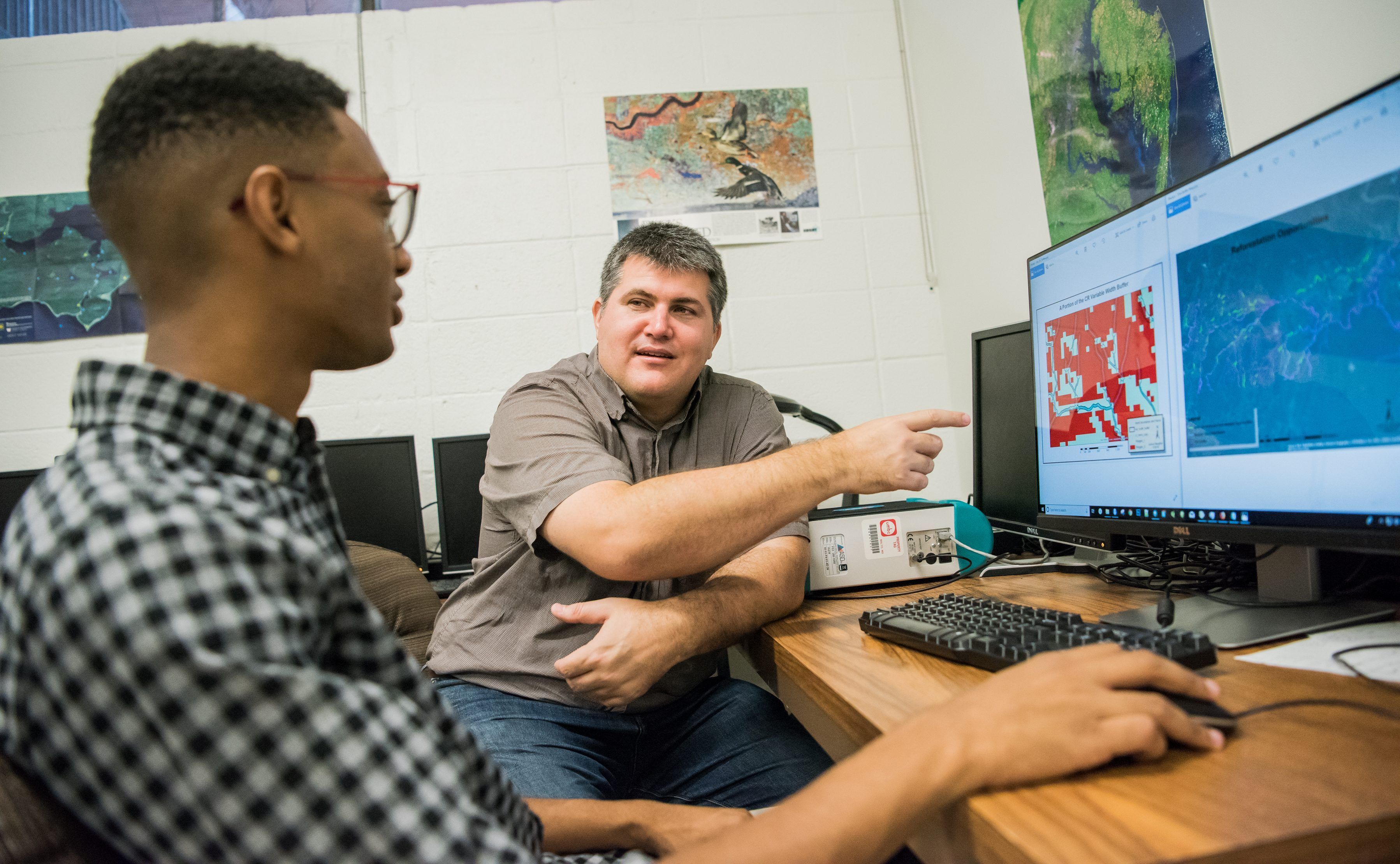Many countries have made commitments to restore huge areas of forest as part of the Bonn Challenge, organized by the International Union for Conservation of Nature. For example, Costa Rica has promised to preserve 1 million hectares (3,861 square miles) of forest by 2020—about 20 percent of the nation’s total area. However, a new paper in Conservation Letters suggests that quickly reforesting large areas may not be the best strategy to yield many of the benefits forests can provide.
Forests store carbon, clean water, prevent soil erosion, and provide habitat for a wide range of species, “but all those benefits start kicking in when forests are older,” says Matthew Fagan, assistant professor of geography and environmental systems at UMBC and second author on the paper. That’s why the new paper’s findings were alarming: By analyzing a massive data set spanning 1947 – 2014, the authors found that in Costa Rica, 50 percent of secondary forest patches were re-cleared within 20 years, and 85 percent were re-cleared within 54 years.
A long-term commitment
“Young forests take something like 100 years to get to peak biodiversity, and as many as 80 years to store enough carbon to make a big difference,” Fagan says. “A lot of these benefits accumulate over time, and they don’t accrue linearly,” he adds, so a 100-year-old forest is more than ten times as beneficial as a 10-year-old forest.
Read more at University of Maryland Baltimore County
Image: Joshua Slaughter (left) and Matthew Fagan discuss a map of forest patches in Costa Rica. (Photo by Marlayna Demond ’11 for UMBC.)


